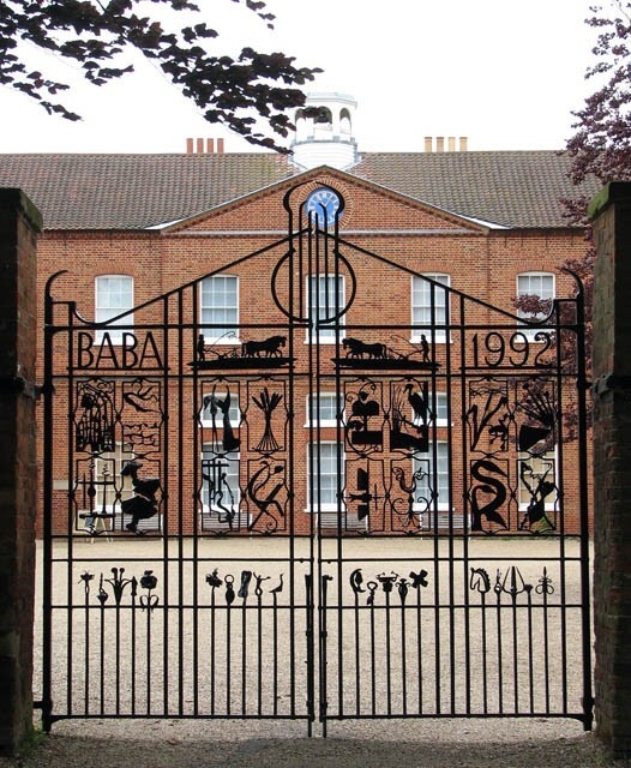Listening, Learning, and Improving: Your Feedback on the New FreeBMD
Since we introduced the new FreeBMD, we’ve received a great deal of thoughtful feedback. Some people have written to say how much they like the modern design and new features. Others, especially long-time users, have told us how much they prefer the original site and how worried they are about the change.
We want to begin by saying thank you. Every comment, whether positive or critical, helps us to make FreeBMD better for everyone.
“If it ain't broke…”
Many of you have told us how much you value the original FreeBMD, how reliable it has been for your research, and how much you appreciate the work of the volunteers who created and maintained it. We agree completely. The original FreeBMD has been a cornerstone of online family history research for more than twenty years, and it remains an extraordinary achievement.
We also understand why some people feel that “if it isn’t broken, don’t fix it.” For those who have used the site for years and know exactly how to get the results they need, it feels perfect just as it is. However, not everyone has that same experience. Many newer users, and those using phones, tablets or assistive technologies, find the old design confusing or difficult to use. What feels simple and familiar to experienced researchers can be a real challenge for others. Our aim with the new FreeBMD is to make sure that everyone, regardless of experience or ability, can access and benefit from this remarkable resource.
For that reason, we want to reassure everyone that the original FreeBMD is not going anywhere. It will stay online and fully usable for the foreseeable future, and it will continue to be updated with new data every month.
Why we are building a new site
The decision to create a new version of FreeBMD was not taken lightly. It is not about replacing something that works well, but about making sure this vital resource remains accessible and sustainable in the years to come.
Today, more people search on phones and tablets than on desktop computers. Some visitors use screen readers or other assistive tools. Others (especially new users) simply find the old site difficult to use and navigate.
The new FreeBMD has been built to meet these needs, with a modern design, improved accessibility, and new tools that make searching faster and more flexible. These features are the foundation of a longer journey to make FreeBMD easier to use and more inclusive for everyone.
A work in progress, shaped by you
We know that change takes time to get used to, and that the new FreeBMD still has room to improve. That is why we are continuing to refine it using your feedback and experience.
Our goal is simple: the new FreeBMD should work at least as well as the original, and in time it should become even better.
You can continue to use both versions side by side:
Original FreeBMD: the familiar site that continues to receive monthly data updates
New FreeBMD: the modern version that will keep improving over time
Keep sharing your thoughts
Your feedback is essential to this process. If you have found something confusing, spotted a problem, or want to suggest a feature, please tell us. Even a short comment helps us to understand how people use the site and what matters most to them. You can use the “Give us feedback” button near the bottom of every page on the new site.
Together we can make sure that FreeBMD continues to serve family historians for many years to come — a step into the future, with respect for the past.
